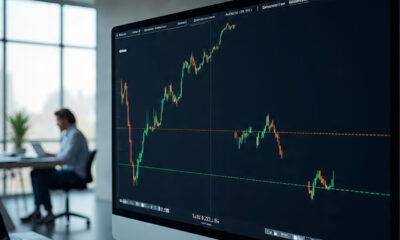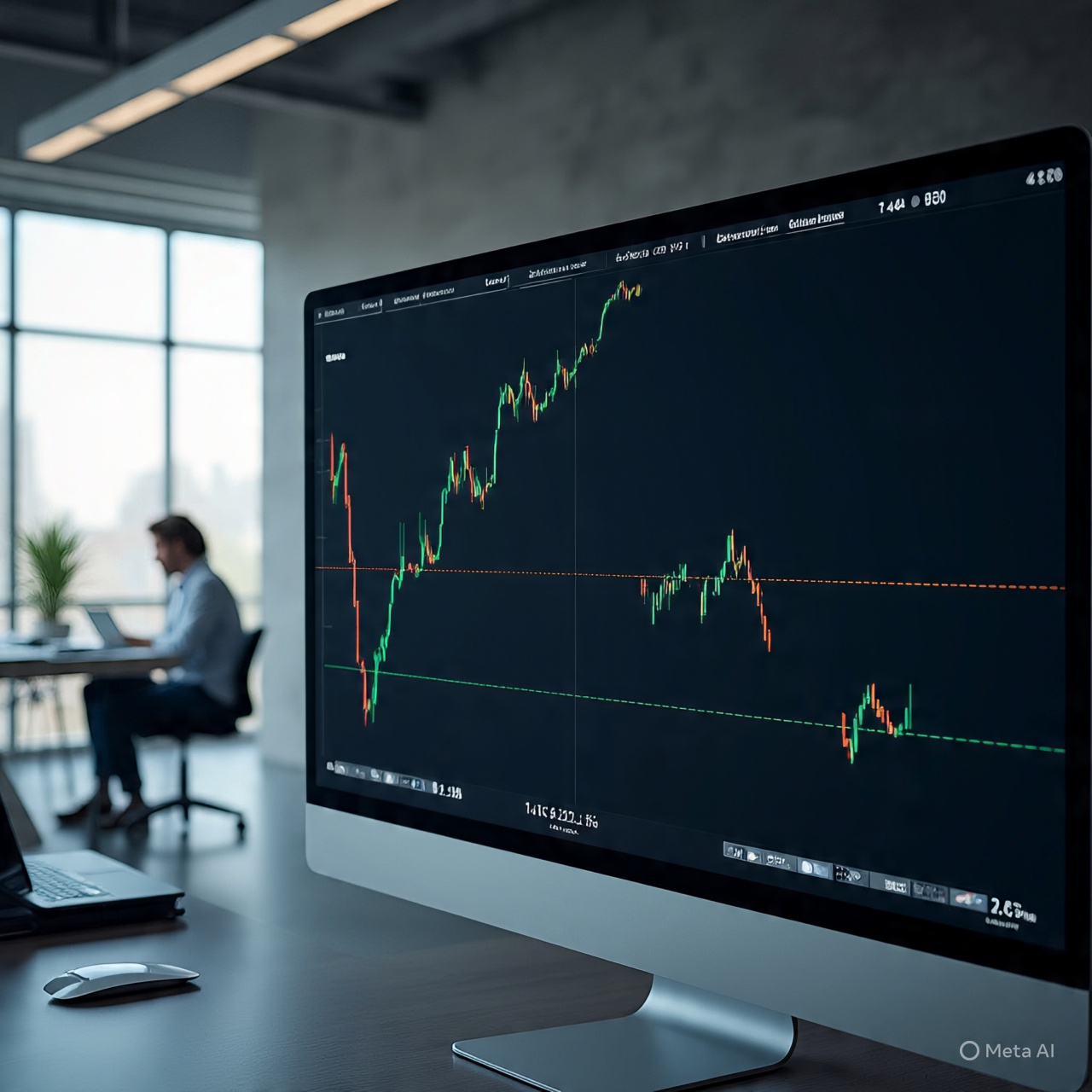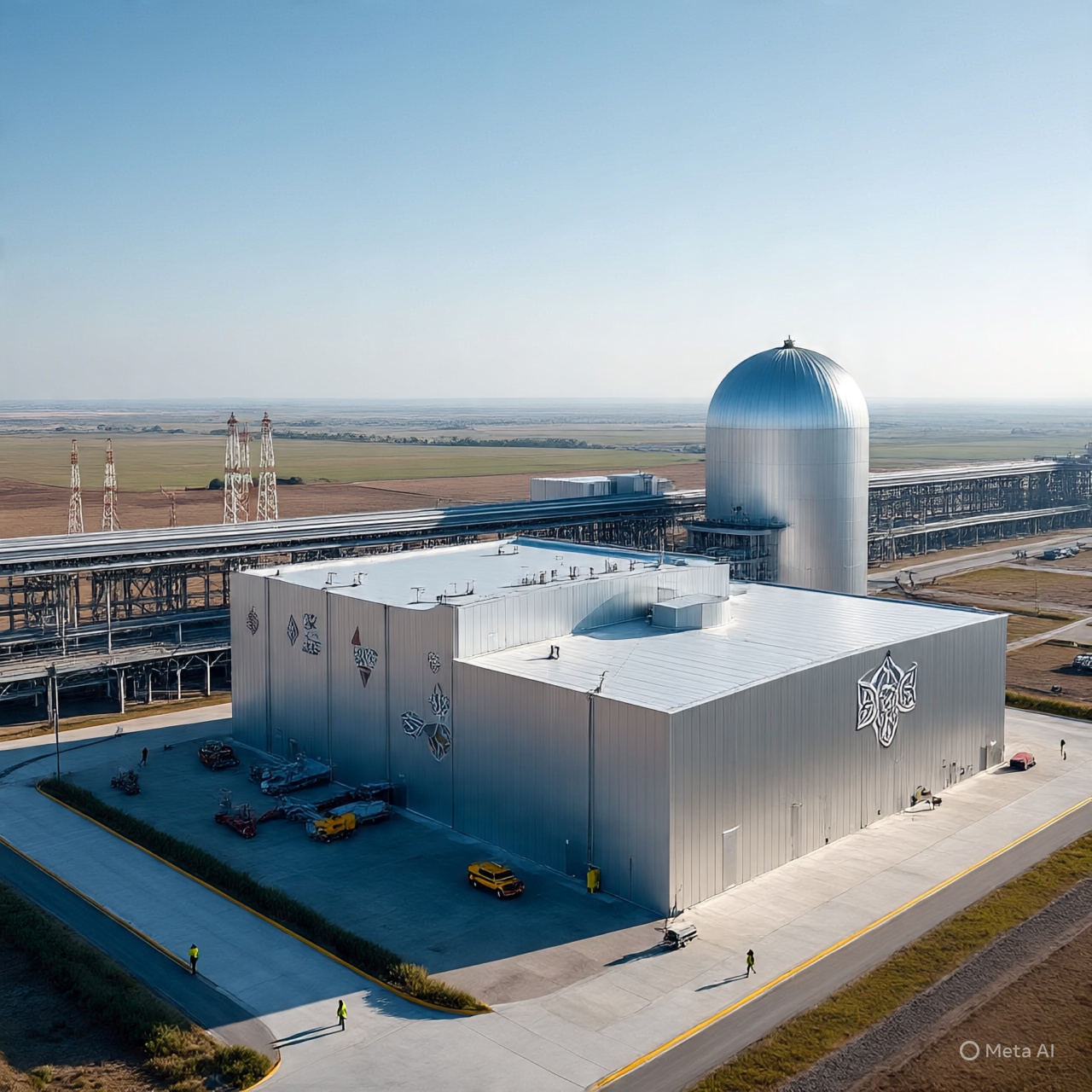Who is AGL Energy?
AGL is Australia’s largest generator and retailer of electricity and gas. It supplies millions of households and businesses across the country and was one of the earliest companies to list on the Sydney Stock Exchange.
But there’s another side: AGL is also Australia’s largest carbon emitter, responsible for around 8% of the nation’s emissions — a major overhang for ESG-focused investors.
The Past: Boardroom Drama and Financial Losses
The low point came in 2022 when tech billionaire Mike Cannon-Brookes tried to push through a takeover, opposing AGL’s plan to spin off its coal business into a separate entity. The boardroom saga ended with a strategic review and the resignation of four directors.
Operationally, things weren’t much better. Outages at ageing coal plants hurt earnings, and AGL posted a $1 billion+ loss in FY23, raising concerns about its future.
Signs of Recovery
From FY23 into FY24, things improved. AGL delivered:
EBITDA of $2.2bn (up 63%)
Underlying profit of $812m, nearly triple the prior year
Statutory profit of $711m despite revenue dipping 4%
Investors saw AGL as a defensive play during broader market weakness, with demand for electricity remaining stable even as other sectors suffered.
FY25: Growth Stalls Again
AGL’s FY25 results highlighted ongoing challenges:
While CEO Damien Nicks described it as a strong year thanks to disciplined cost control, the numbers showed AGL still has work to do.
FY26 Outlook
AGL’s guidance for FY26 is:
Key drivers include:
✅ Better margins in customer markets
✅ Improved plant availability and fleet flexibility
Investments in Clean Energy
AGL is gradually transitioning with smaller, bite-sized investments rather than mega-projects:
$900m deployed into batteries and acquisitions
Final Investment Decision on the 500MW Tomago Battery Project ($800m) in NSW
Ambition to have 6GW of renewable and firming capacity by FY30
Net Zero target by FY35
This “small steps” approach reduces financing risks but may limit near-term growth.
Valuation: Cheap or a Value Trap?
On paper, AGL looks attractive:
But consensus forecasts tell a cautious story:
Revenue expected to stay flat at ~$14–15bn through FY28
EBITDA only marginally rising from $2.0bn to $2.2bn
EPS stagnating around $0.89–0.92
This signals slow growth and limited earnings momentum.
Should You Buy AGL Shares?
AGL could be a turnaround play for FY26, but it comes with risks. The company is making progress in its clean energy transition, but growth will likely be steady rather than explosive. Investors considering AGL should:
Treat it as part of a diversified portfolio, not a single-stock bet
Have an exit strategy in case the turnaround stalls
Be patient, as the transition will take years
Bottom line: AGL may reward long-term investors if it executes well, but caution is warranted given the flat growth outlook and ongoing capital requirements.
Disclaimer
This article is for informational purposes only and does not constitute financial advice. Market investments carry risk. Please conduct your own research or consult a licensed advisor before making any investment decisions.


 Dividend Stocks2 months ago
Dividend Stocks2 months ago
 Trending news2 months ago
Trending news2 months ago
 ASX Stocks2 months ago
ASX Stocks2 months ago
 ASX Stocks2 months ago
ASX Stocks2 months ago
 Trending news2 months ago
Trending news2 months ago
 ASX Stocks2 months ago
ASX Stocks2 months ago
 Dividend Stocks2 months ago
Dividend Stocks2 months ago
 Trending news2 months ago
Trending news2 months ago




